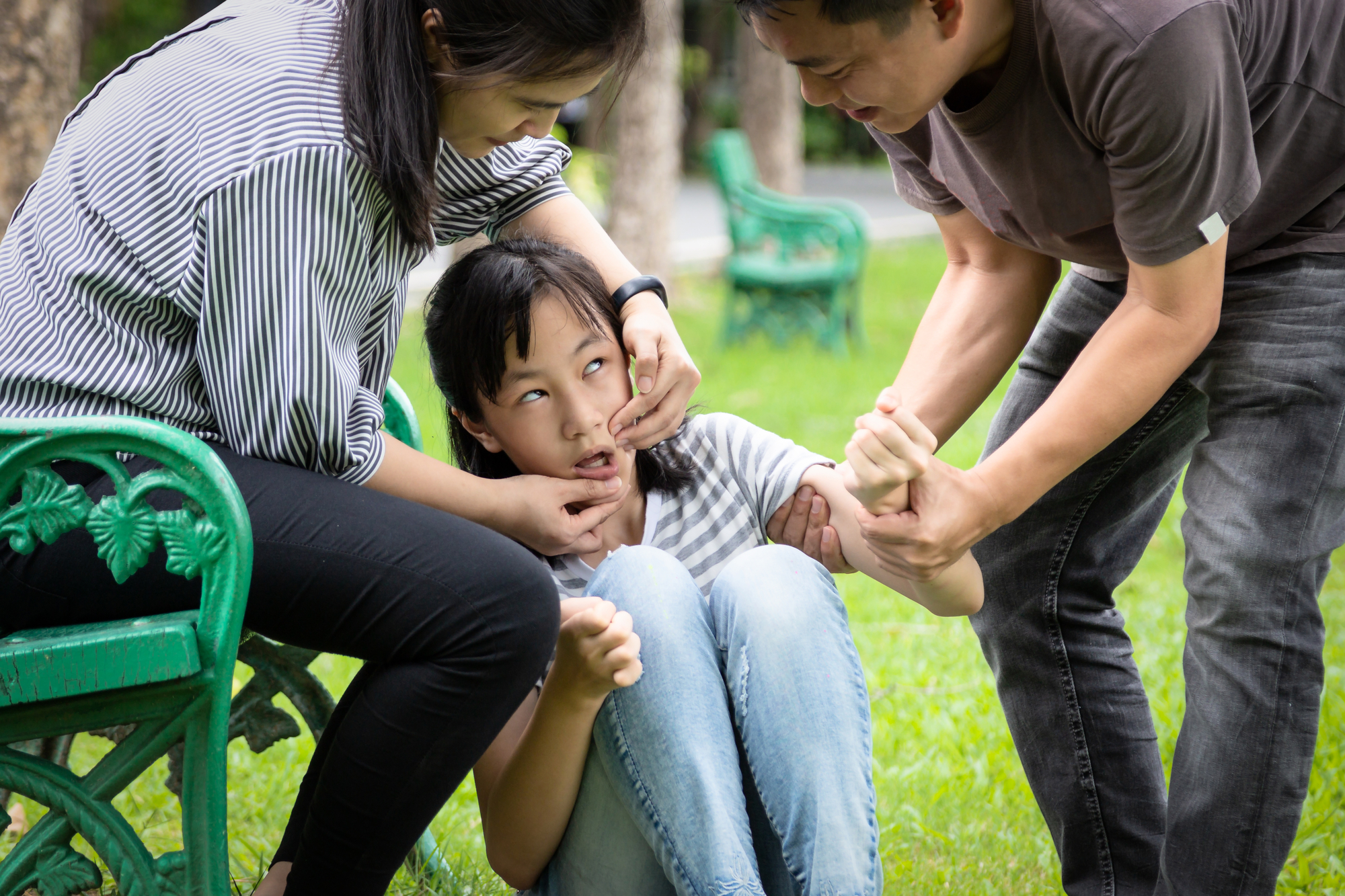Febrile Convulsions: The Connection Between Fever and Febrile Fit in Children
07 May 2019
WHAT IS FEBRILE CONVULSION?
A febrile convulsion is a fit or seizure that occurs in children with fever. This condition occurs in otherwise normal children aged from six months to six years. It is a fairly common condition, affecting around 4%, or one in 25, of children in the susceptible age group.
What Happens During a Febrile Fit?
Febrile convulsion usually happens suddenly during the early phase of the fever. Sometimes the convulsion comes on so suddenly that the fever may not be obvious before the onset of seizure. A child could appear absolutely normal one moment and suddenly become unconscious the next. There may be stiffening, twitching or jerking of arms and legs, with the eyes rolled back so only the whites are visible. There may be breathing difficulty and foaming at the mouth, with the child becoming pale or blue.
Most seizures last less than two minutes, but can range from a few seconds to up to 15 minutes. The seizure usually stops on its own, but the child may be drowsy after the seizure and could take up to 30 minutes to wake up properly.

WHAT CAUSES FEBRILE CONVULSION?
Any illness that results in fever may cause a febrile convulsion in a susceptible child. The commonest cause is usually a viral illness, such as upper respiratory infection. It is thought that febrile convulsion occurs when there is a sudden change in body temperature. How prone a child is to febrile convulsion is thought to be mainly related to genetic predisposition. There is a tendency for febrile convulsions to run in families. Trying to treat the fever (such as by giving fever medication) will not prevent a febrile convulsion.
WHAT TO DO WHEN MY CHILD HAS A FEBRILE CONVULSION?
Febrile convulsion is very frightening for parents and caregivers. It is important to remember that, as scary as it appears, febrile convulsion usually does not cause harm to your child. Stay calm and do not panic. Place your child on her side on a flat surface such, make sure she is away from any hard or sharp objects that may cause injury. Try to note the time the fit started and stopped so that you can tell the doctor later. Do not try to restrain your child. Do not shake or slap your child to wake her. Do not force or put anything into your child’s mouth, including your fingers – all these manoeuvres do not stop the fit, but may in fact cause more harm. Once the fit has stopped, bring your child to the doctor so soon as possible. If you are driving, make sure there is another person to attend to the child in the car.
WHAT SHOULD I EXPECT AFTER MY CHILD HAD A FEBRILE CONVULSION?
It is important to remember that fever is the body’s normal response to an infection and is usually harmless. Febrile convulsion, though frightening, is a benign and self-limiting condition that does not cause long term harm. It is not epilepsy and no regular medication is needed. Febrile convulsion does not cause brain damage. About one in three children who have had one episode of febrile convulsion may go on to have another convulsion with subsequent episodes of fever. There is no way of predicting who will be affected or when this will occur. Generally, they will have fewer episodes of seizure as they grow older and most seizures stop completely by the age of six years. Children who have febrile convulsions normally grow up healthy without any long term problems.



